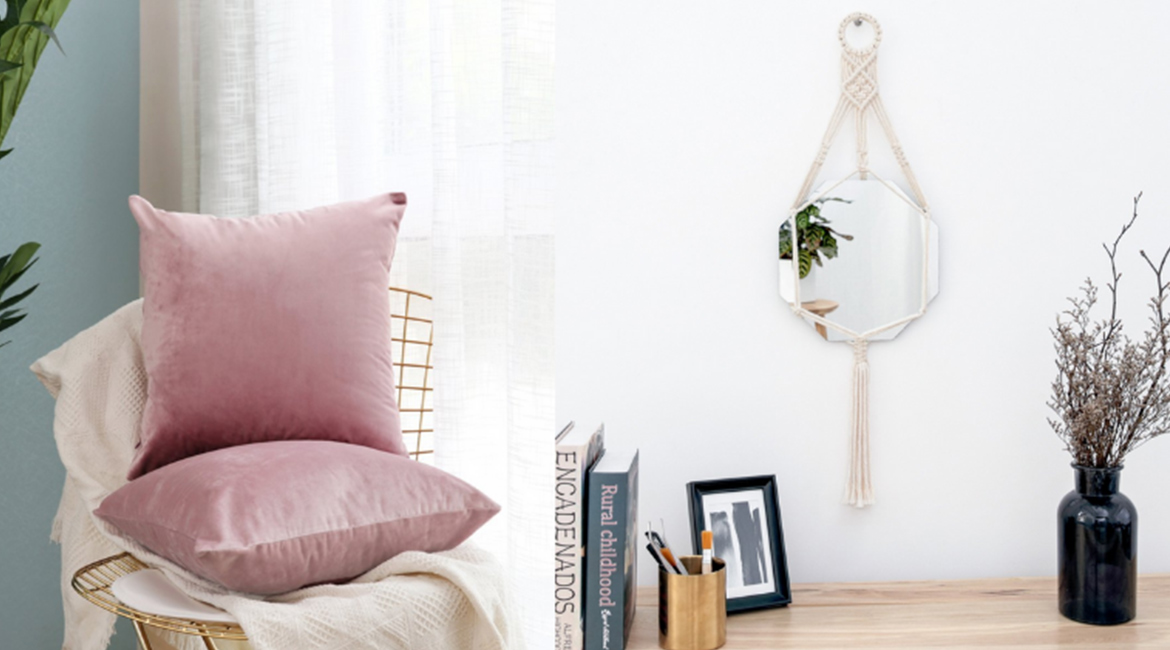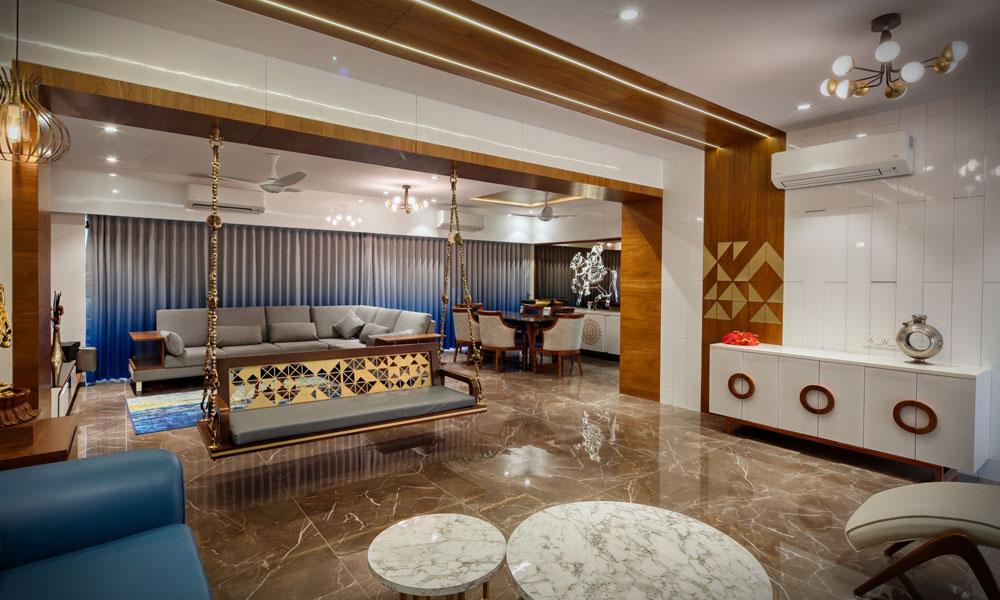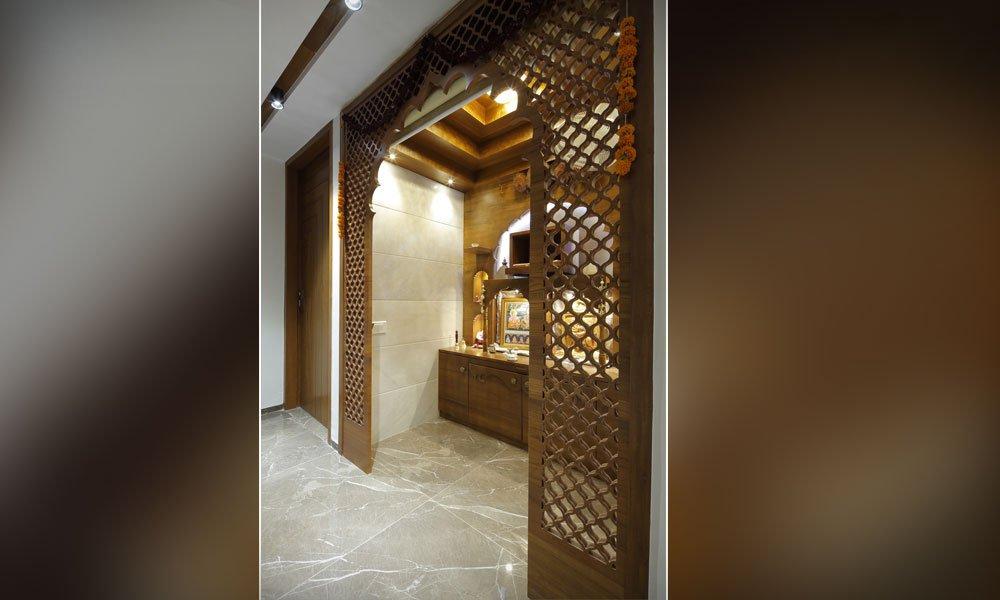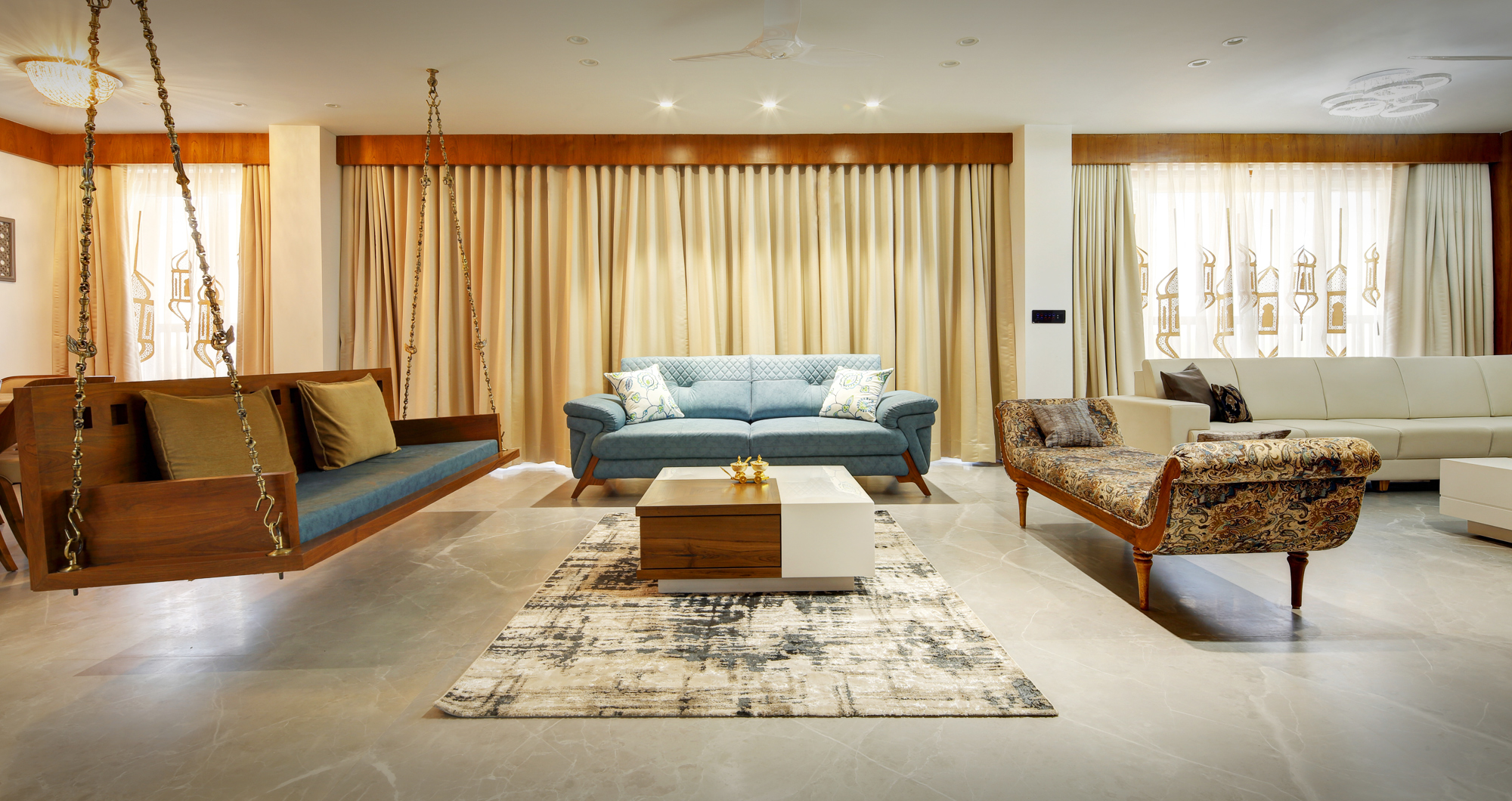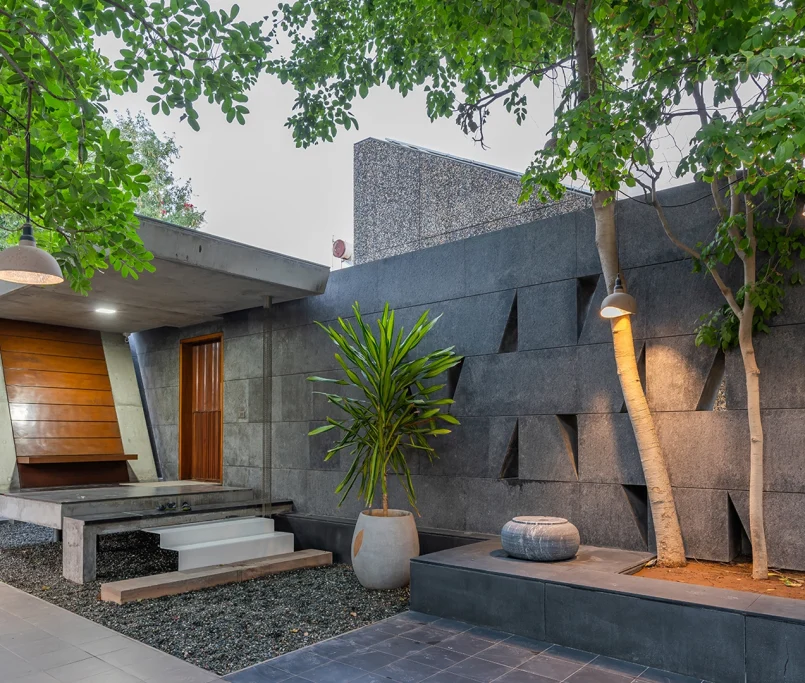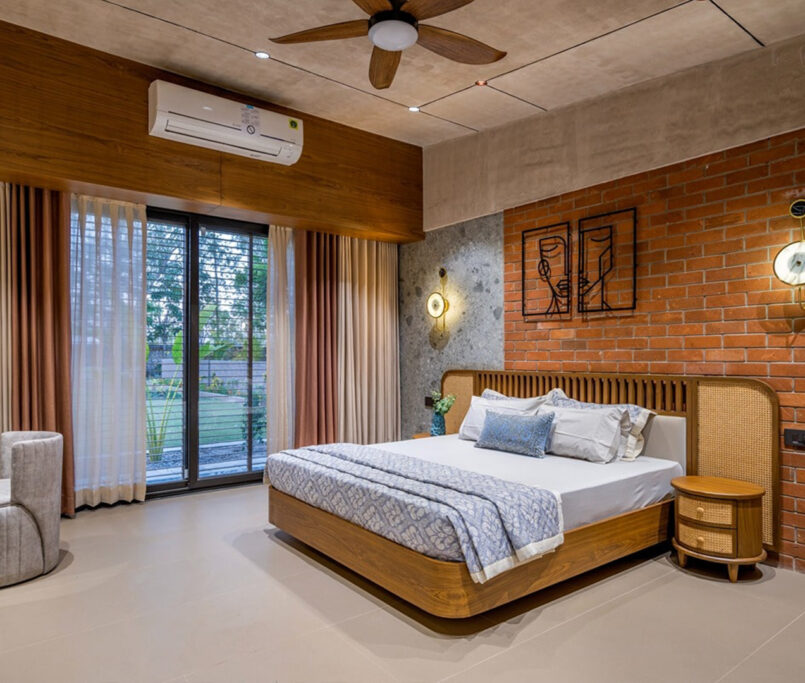Interior Design ideas for transforming your home in 2021
The love of humankind for their homes and living spaces is known to us since the dawn of the earth! We design, build, care and protect our homes with a lot of zeal and labor. From all, that love and enthusiasm to go creative came the notion of interior design.
The coronavirus pandemic has had a negative impact on almost all industries. The architecture industry is no exception as people have spent most of their time inside their homes and have realized the importance of living spaces in a post-pandemic way of life. This involved having a meeting room for zoom, a home office, a smart pantry organizing solution, etc.
Importance
Interior Design deals with creative and artistic solutions to enhance the interiors of a building to make it aesthetically pleasing, efficient, healthy, and safe for the people using it. It is about choosing suitable fabrics and colors and increasing the overall productivity and quality of life for the users and the space in question. An interior designer will cater to all your needs and design your house according to Vastu or any other tradition that you follow.
A well-designed living room will emphasize relaxation; the bedroom will enhance rest, whereas an office area will increase productivity & thinking capacity. A plan, interior design will serve the following aspects:
Function
Interior design not only makes the place aesthetically better it also adds a lot of functionality to it. A properly designed space has adequate space for all the functions required by its occupants; even a small office may seem significant and practical if appropriately designed, the lack of the same may even make a penthouse look crowded and small. Interior designing makes everything work together and makes the place more appealing.
Fit
There’s always a difference between work done by someone professional and a layman. If a professional interior designer takes up a project, they will optimize and create a superior design that suits you the best. An architectural design may not fulfill your lifestyle and may require critical changes, which can only be understood when you start living in it. Intricately designed interiors take care of all the issues proactively to perfectly suit your life.
Asthetics
Interior designers are the wizards of all the living spaces. They do their magic and turn a mundane setting into an aesthetically pleasing one. As the name suggests, interior design will be stemming from a suitable design theme. It will put in color, paint, ambiance, textures, lighting harmoniously to provide a stunning appearance that will match the purpose of each space.
Elements
A designed interior is different from a decorated interior. Decorations will cater to an existing space and help accentuate the looks with added furniture, matching upholstery, drapes, and hanging art pieces. In contrast, interior design refers to building or designing a space from none. An organized area will require you to look into several elements; if perfect will give you the best looking, functional, and homely feel!
- Space: Acting as a foundation for design, the dimensions, 2D and 3D availability, positive and negative areas must be considered, and a balance be maintained to get the perfect efficient use.
- Line: An equilibrium and proper defining of lines are necessary. Lines are often categorized into three types; horizontal (tables, beds, chairs), display safety, security, and simplicity. Vertical (windows, doors, wardrobes) enunciates freedom and expansive feelings. Dynamic or Angular (stairs, sloping roofs) add drama, and the tinge of excitement completes a room.
- Forms: Meaning shapes, in general, are a group of lines in 3D space and can be highlighted by using colors, textures, and patterns. It establishes harmony and adds balance to the room. It can be differentiated into two; geometrical or manufactured and Organic or natural.
- Light: The most apparent and essential element, Light, provides significance to all the other aspects like space color, forms, textures. Appropriate use can set the mood and ambiance, whereas any deviations will prove unhealthy for the design and the occupant. It can be natural or artificial.
- Colour: Colours can’t be defined in words but can be felt everywhere and helps build an aesthetic connection between objects. Often impacting the psychology and mindset of the dweller, proper choice of colors significantly affects the feelings, including hunger, rage, anger, peace, and even productivity, health, tranquillity, and stress.
- Texture: The surface of an object, wall, wallpaper, pillows, bed covers, drapes, tabletops, and upholstery, typically dealing with looks and feel. It adds depth and interest and defines the appeal and consistency of a surface. A dominant texture establishes a mood, whereas a contrasting texture may be used to break the monotony.
- Pattern: Patterns add continuity, harmony, and smooth transition in a space and work along with colors and textures. Often repetitive or progressive, they tell a story of their own and significantly improve the space’s aesthetic appeal.
Basics Principles
Although interior designing is a professional course, people often self-indulge in the designing process. There are some basic principles of interior design, like thumb rules, and, if followed, can never go wrong to the layman’s eye and the Picassos of our generation.
- Unity: Every aspect of the interior, furniture, decorations, colors, walls, and windows should be harmonious. All the elements used should complement each other, and there should be a smooth transition in between.
- Balance: Balance creates order. We crave it everywhere, and interiors should be no less. Interior designing can be balanced symmetrically (two chairs on the right, two on the left), asymmetrically (two chairs on the request, a two-seater couch on the left), or radially (chairs facing towards a central focal point).
- Rhythm: Repetition, alternation, or progression create rhythm in a living space and helps to smoothen the movement of eyes through the room. It connects all the pieces to form a uniform bond.
- Emphasis: Prioritising everything equally in a room brings boredom; you need to get in an anchor point. The big elephant of the room, the focal point, can be anything from a fireplace to a TV, a wall painting, or a decorative centerpiece.
- Contrast: Monotony is not which everyone likes. Contrast helps break up the evenness and monotony and brings it different shades which accentuate each other to be more radiant and sharp.
- Space & Proportion: One of the most essential aspects and often neglected. Scale and proportion help to show the dimension of the area, you can make a more superior room look filled and cozy and a compact room to seem more significant and comfortable with the proper use.
- Details: Who doesn’t like the cherry on the cake, although a minuscule aspect, displays a feel of completion. Always consider the patterns of upholstery, colors, and designs of furniture, bed sheets and pillow covers, even lamps, trays, and tabletops.


